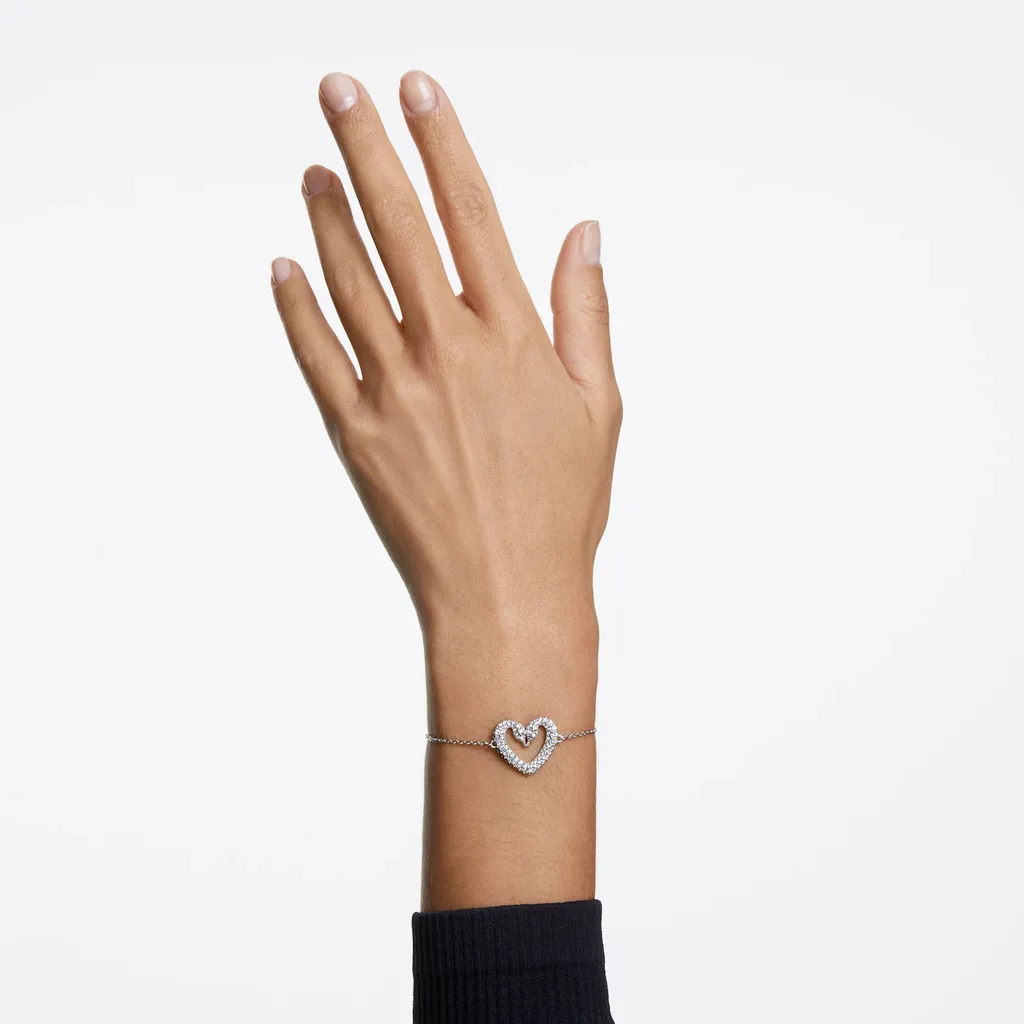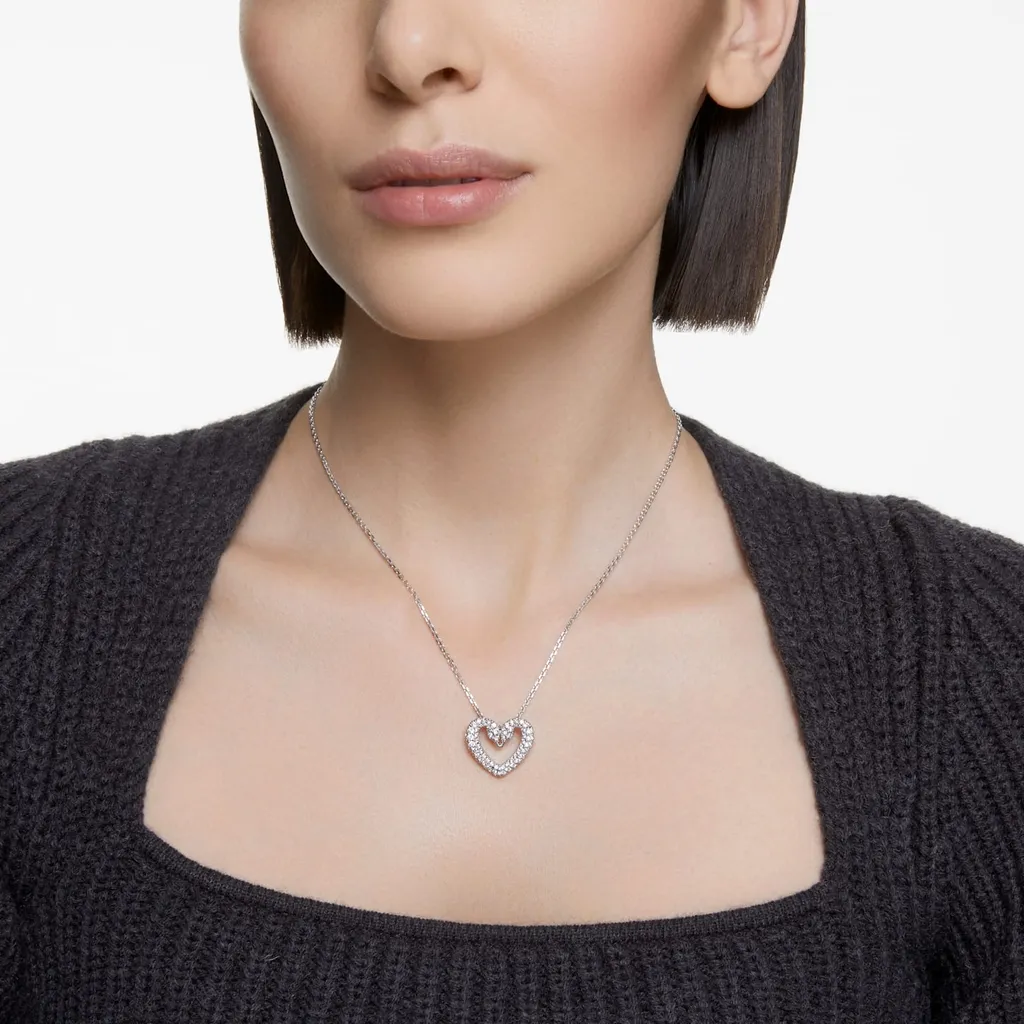While the heart shape we know so well is widely accepted as the symbol of love, emotion and affection, its origins are somewhat unclear. Some believe the earliest visual example of the symbol is from a manuscript of the Roman de la Poire, a medieval romance from the 13th century, while others argue the shape can be found in earlier sources. But in these cases the heart usually depicts foliage such as fig leaves or ivy, rather than a representation of romantic love.
What is clear, however, is that the popularity of the heart symbol has grown stronger over time and has been a part of jewellery design for many centuries. ‘What says “I love you” more than a heart, especially when given in the form of a precious piece of jewellery?’ asks Maryanne Lineker-Mobberley, jewellery specialist at Halls auction house. ‘Whether a locket, brooch, ring or pendant modelled in gold, silver or encrusted with gemstones, heart motifs have been a staple of jewellery design through the ages. The use of hearts as an expression of love within jewellery dates back to the late middle ages and over the centuries has become one of the most popular ways of conveying devotion to a loved one.’

Founded in 1895, Swarovski has long been associated with sparkling pieces of standout jewellery that are perfect for giving to the love of your life. And the company’s new Una collection in particular is ideal for showing your devotion this Valentine’s Day, from crystal-encrusted chokers to bracelets, pendants and stud earrings. Rather than hearts, Swarovski’s signature motif features two swans in perfect symmetry – necks bent and beaks touching – to create nature’s own heart shape. Swans, with their white feathers and long necks, are themselves considered emblems of grace, beauty and love, and this imagery has been perfectly captured in the Una range.

From as early as the 17th century, Claddagh rings – a traditional Irish design featuring a heart, two hands and a crown (representing love, friendship and loyalty, respectively) – have been exchanged by couples on their engagement or marriage. The ring can be worn in different ways to convey the wearer's relationship status. Double hearts were also seen in jewellery from this period, designed to signify that the wearer was in a committed relationship.
Heart-shaped jewellery was never more popular than during the Victorian era, particularly the Romantic period; a celebration of the young monarch’s love for her husband Albert. The pair were known for celebrating special occasions with gifts of exquisite jewellery. A beautiful gold bracelet, with interlocking amethyst hearts, was given by the Duchess of Kent to Queen Victoria on the day she announced her engagement to Prince Albert to the Privy Council. And, in 1840, when Victoria gave birth to their first child, Albert gave her a gold bracelet featuring an enamelled pink locket – a locket of a different colour was added for each subsequent child, with some containing a lock of the child’s hair.

Later, once Victoria entered her mourning period after the death of Albert, heart-shaped lockets became popular as mourning jewellery and were used to keep a picture of the deceased, or a lock of their hair. Today, lockets are still popular as a way of remembering lost loved ones, and fine examples of Victorian heart-shaped lockets can be found at auction. They are often set with diamonds or seed pearls, or engraved with flowers or initials. Heart-shaped pendants were common, too, often with a collapsible bale and a discreet pin at the back, so that the owner could choose to wear it as a brooch if preferred.
In contrast to the solid style of a locket – designed to enclose one’s feelings of love – modern heart-shaped jewellery has taken on a more open style and is used to represent the openness of the heart. This style wasn’t popular until the 20th century, but is now seen in the collections of many luxury brands, including Swarovski’s latest Una collection, which features elegant crystal-set hearts in white or pink with an open centre for a contemporary romantic look.